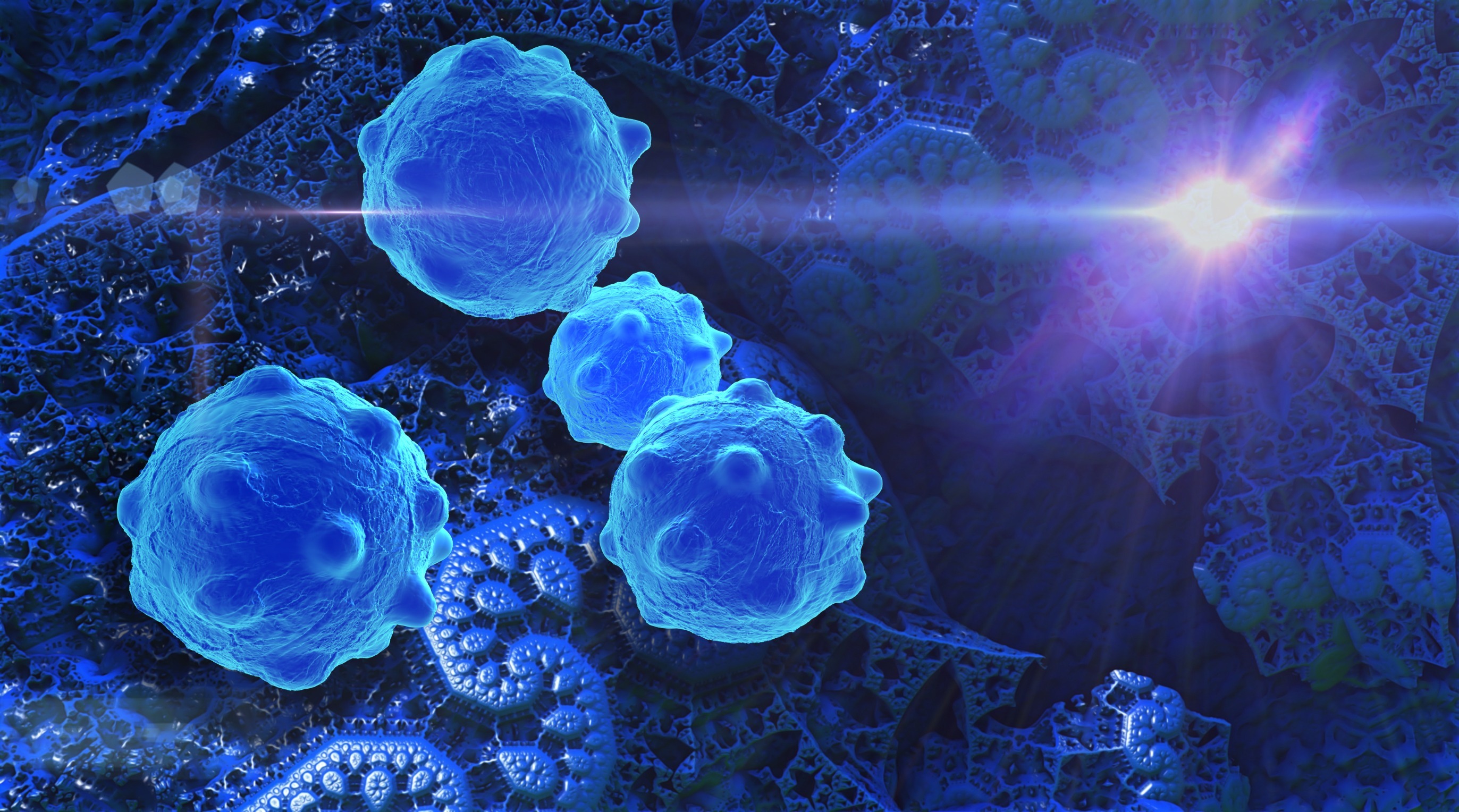
Cell line development is a process by which the cellular machinery is used to manufacture therapeutic biologics and other proteins of interest.
Introduction
Tissue from plants and animals forms the basis of a primary culture which is developed further into a subculture. Subcultures can be used to develop a cell line which then becomes a continuous cell line.
Types of Tissue Culture
A primary culture is one where normal cells are cultured without any change in their division rate. A continuous tissue culture can either be finite or indefinite. If it is finite, a single cell type is developed after roughly after 30x division, enhanced by growth factors. The process is then a case of improving and developing the cell line to a point where it is commercially viable. A tissue culture becomes indefinite when the cells divide indefinitely by transformation into tumour cells. This becomes a true cell line.
Cell Source Selection
The first step in cell line development is selecting an appropriate cell source. This can be human, animal, or plant tissue depending on the purpose and application. The chosen tissue should be capable of providing cells that are suitable for long-term culture and possess the desired characteristics.
Cell Isolation and Establishment
Once the tissue source is selected, cells are isolated from the tissue and placed in a suitable culture medium. Various techniques, such as enzymatic digestion, mechanical dissociation, or explant culture, can be used for cell isolation. The isolated cells are then cultured under optimal conditions to establish a primary cell culture.
Immortalization or Transformation
Primary cells have limited proliferative capacity and eventually undergo senescence. To overcome this limitation, immortalization or transformation techniques are employed to generate immortal or transformed cell lines. Immortalization involves introducing genetic modifications to bypass senescence and extend the lifespan of the cells, while transformation often involves the introduction of oncogenes to confer indefinite growth potential.
Clonal Selection
After immortalization or transformation, clonal selection is performed to isolate individual cell clones. This step ensures the purity and stability of the cell line. Clonal selection is typically achieved through techniques such as limiting dilution or single-cell sorting. Clonal cell lines are expanded and characterized for their growth characteristics, morphology, and other desired traits.
Cell Line or Subclone
After the first subculture, the primary culture becomes known as the cell line or subclone. The term cell line refers to the propagation of culture after the first subculture.
Cell lines from primary cultures have a limited life span i.e. they are finite, and as they are passaged, cells with the highest growth capacity predominate resulting in a degree of genotypic and phenotypic unformity in the population.
Cell Strain
When a subpopulation of a cell line is positively selected from the culture by cloning or some other method, this cell line becomes a cell strain. A cell strain often acquires additional genetic changes subsequent to the initiation of the parent line.
Characterization and Authentication
Cell lines need to be thoroughly characterized to ensure their identity, genetic stability, and functionality. This includes confirming the species of origin, checking for contamination, and verifying the expression of specific markers or genes. Authentication techniques, such as DNA profiling or fingerprinting, are used to ensure the uniqueness of the cell line and detect any cross-contamination.
Optimization and Scale-up
Once a stable and characterized cell line is obtained, optimization and scale-up processes are performed for specific applications. This involves optimizing culture conditions, media formulations, and culture vessel types to enhance cell growth, viability, and productivity. Scale-up can range from small-scale laboratory cultures to large-scale bioreactors for industrial production.
Banking and Storage
To ensure long-term availability and preservation of the established cell line, cryopreservation techniques are employed. Cells are frozen in liquid nitrogen or other cryoprotective agents and stored in cell banks. These cell banks serve as a repository for the cell line, allowing for future retrieval and distribution.
Cell line development has revolutionized various fields of research and biotechnology, providing valuable tools for studying cellular processes, drug screening, protein expression, and biopharmaceutical production. Proper cell line development practices, including rigorous characterization, authentication, and quality control, are essential to ensure the reliability and reproducibility of experimental results and applications using these cell lines.
Leave a Reply